Cirque du Soleil.
Quebec’s artistic titan is always looking for ways to push itself creatively and bring its audiences new ways to think about familiar subjects. After 3 years in the making, Cirque has brought a new vision to life in a new and “oh-so-appropriate” place – a reimagination of the history of the cinema in Cirque du Soleil IRIS .
For its newest show, IRIS, Cirque was looking for the quintessential place and found it in the heart of Hollywood, at the Kodak Theater. Located just off the intersection of Hollywood and Highland, this famous theater was designed as a new home for the Academy Awards – right on Hollywood’s Walk of Fame and next to the famed footprints of Grauman’s Chinese Theater. The good news is that Cirque has become one of the two official tenants of the Kodak (the other being the Academy of Motion Picture Arts and Sciences). This means that IRIS will be a fixture on Hollywood Boulevard for years to come.
For the first time in a long time, I found myself sitting, perched on the edge of my seat – enchanted with what I saw. Come along as I discuss what, I think, makes this quirky and visual delight a unique and a wonderful addition to any Disneyland/Southern California/Hollywood vacation!
All production photos courtesy of Cirque du SoleilMatt Beard © 2011 Cirque du Soleil & Mark Dulong © Cirque du SoleilKodak Theater photo courtesy of N. Mancini
Most Disney fans are familiar with Cirque du Soleil, due to the La Nouba show housed in its uniquely shaped theater in Walt Disney World’s Downtown Disney West Side. In fact, several of IRIS‘s creative minds have also been involved in designing projects for Disney.
IRIS is a $100 million production that shows exactly where its money was spent. It’s a lavish and hi-tech visual masterpiece that gives those of us, who only dream of living in a world of cinematic fanasy – to spend a couple hours experiencing pulse and glory of its development in such a spectacular theater!
The biggest question on my mind before arriving to the show was “How are they going to convert an already-existing theater into something usable for their unique performance?” After all, the other Cirque theaters have been designed especially for them. It turns out that about $40 million of the shows budget went to renovating the Kodak Theater, excavating under the stage, building lifts, and adding rigging that meets the shows unique needs and the results are well worth the expense.
Before all this technology can be designed, all Cirque shows start with an inspiration. That seed was the beginnings of film, inspired by the era of our two “black and white” gentlemen characters below – “Positif” and “Negatif”. Referring to the technical aspect of a strip of cinematic film, these gentlemen are typical of the detail that Cirque puts into theming their show.
As you can see, they even were physically incorporated into the two smaller “vignette” stages on either side of the main stage – their top hats stretching past the edges of the VIP boxes to the top of the stage and their mouths serving as the curtained performance areas. Watch carefully… they may be watching you.
There are many things to grab your interest as you take your seats. It pays to look at everything around you. The creative use of the venue is evident. Notice that the orchestra, as well as aerial assistants, take their marks in those VIP boxes that line walls alongside the stage. Even at our seats in the center of Mezzanine 1, we were surprised with the prescence of two performers. The Praxinoscope Girl (shown above) entertained us with her boxing show and Gloria (one of the comedic players) gave the crowd a “display” of things to come.
When the music rose, the atmosphere came alive. Going into the experience, we knew that Cirque had collaborated with award-winning composer, Danny Elfman, on the score for IRIS, but we had not expected what a wonderful match it would be. It was obvious that much thought and care went into the creation of each interlude.
As the music rose, the curtain parted, we were introduced to our story for the evening. Buster – a melancholy composer for the cinema, takes his first glimpses of Scarlett, an up-and-coming young actress, falling madly in love. We realize that IRIS will be about their journey through the maze of the cinema industry. Don’t set your expectations of this show to be strewn with clips of classic films – Cirque doesn’t play that game. They play a better one. Cirque creates a world that everyone wants to exist, with a bit of truth and a bit of fantasy – akin to Jules Verne and the popular Steampunk culture.
This is how we are also introduced to more of the fantastical costumes that represent every aspect of the film industry, from the people (directors, set construction, lighting), to the principle tools of the trade (cameras, light reflectors, and sound equpiment).
At the same time, we are introduced to another unique feature of this production – the use of projection technology – both real-time and incorporated imaging. 20 projectors are scattered throughout the theater (including backstage) to enhance the sets, as well as show the live performers in a series of trailing “motion stills”. These projected images consist of both highlighted shadows and compiled still images that track the performers’ movements as they continue their choreography of skills. As you see the next several performance images, you’ll see some of the many uses of this technique.
Once we have been introduced to the origins of the black and white film era, Positif and Negatif take our imaginations soaring. This is when we truly realized exactly how special of a location our tickets provided. Mezzanine 1 places you at the exact level of the aerial straps performance. This pair of brothers, who came to IRIS from Cirque’s production of Varekai, were the perfect choice for the opening aerial act – setting the tone for the rest of the show. Their use of the space and music was brilliant! As they effortlessly flew over the orchestra seating level from stage and back again, we were mesmerized. The emotion (that I felt in their performance) was that of freeing my reality and transporting me into the world that they were creating – and my, what a world that was! Almost like travelling back in time…..
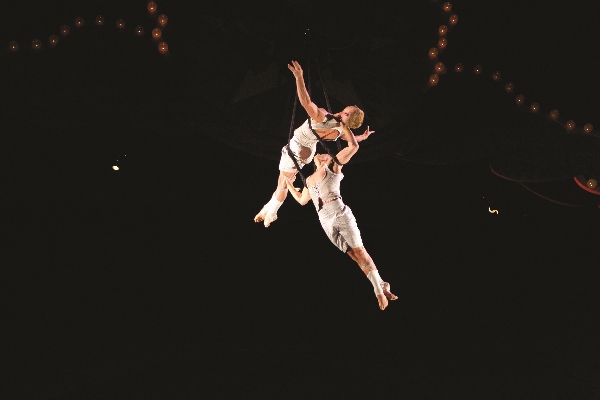
Looking back, I suppose that trip was what Cirque intended us to do. Cirque describes the sequence as being transported to the past, in order to find the quintesential root of cinema: live storytelling. The contortionist group imagery represents tribal legends being acted out in front of an evening fire. The acrobat create the flames seen in the backdrop below through another amazing interpretation of the real-time projection technique. Admittedly, my initial impression was that of those cinematic musicals with synchronized showgirls performing the Edwardian view of what tribal customs were like – something like Busby Berkley learns exotic tribal dance. No matter what, I couldn’t help but find the act fascinating.
Between the “traditional circus arts”, a fabulous comedic troupe kept the story going with a delightful panache. I only wish that I had photos of them to show you, but some things are best experienced in person. I just wouldn’t do the performers justice if I tried. Suffice it to say that they take us back to another era in our next performance – the Hand to Hand acrobats.
There was a smooth and romantic feel to the choreography that was aided by both the interpretation of turn-of-the-century cirque costume, as well as the real-time projections.
The moving photographic effect really conveyed the era’s desire to make those images come to life. through the use of newly invented devices, such as the praxinoscope featured in the costume photograph above. Those discoveries were the parent of the next act – Filmstrip.
Filmstrip is an amazing display of choreography and imagination – and one of our favorite acts. 7 boxes line the stage – reminiscent of the cells of a moving picture. The performers are in perfect synchronization as they weave through the strip.
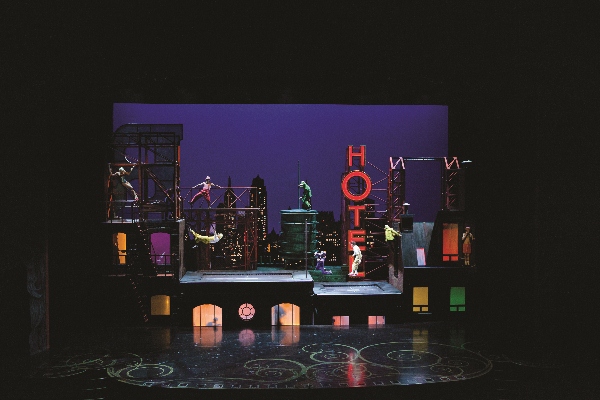
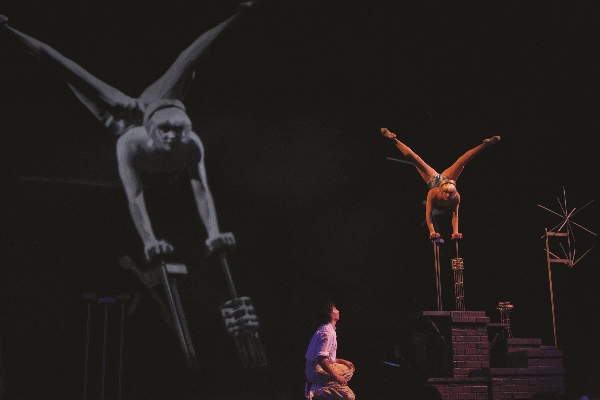
After a rousing end, we left the Kodak with a sense of wonderment at all of the innovative techniques assembled for this production. The creative team that spoke with us after the show mentioned that due to the long-term nature of this show, the production will grow and develop over time, due to the needs of the artists involved, but for now, they have an amazing and energetic cast and crew that is willing to bring this quality show to audiences for the long run!
TIPS for enjoying IRIS:
- Before you go, check the IRIS ticketing website to make sure the show will not be dark (closed) during your visit. The show is dark on Mondays, some holidays, and again during Academy Award season.
- Prices are
- $133/person for Front and Category1 (Floor, Side Boxes and Center/Fronts of Mezzanine 1)
- $103 for Category 2 (rear of Mezzanine 1, and Center Front of Mezzanine 2)
- $78 for Category 3 (Right and Left Fronts of Mezzanine 2)
- $43 for Category4 (Rear of Mezzanine 2 and all of Mezzanine 3)
- Special VIP packages are available. Check the IRIS website for their pricing.
- Parking is available underneath the Hollywood and Highland complex. If you visit one of the merchants/dining establishments, you can get validated for 2 hours at a reduced rate, but the Kodak’s validation is for a bit longer. Parking is paid by either cash or cedit card at machines on each level of the escalator descent into the garage, as well as at the exit.
- You enter the Kodak Theater on Level 1 of the complex. The box office is also on this level.
- When entering, you will see signs indicating that there is ABSOLUTELY NO PHOTOGRAPHY in the theater. The ushers are very diligent about this, as well.
- No outside food or drink is allowed into the Kodak Theater, however drinks (alcoholic and non-alcoholic) and a fabulous array of pastries and snacks are available at the bars on each level. We tried their cannoli and it was a delight. The price was about average for a local cupcake bakery, with $5 for a dessert.
- It’s very easy to get from DL to the Theater. Take I-5 North to 101-West through downtown and exit at Highland/Hollywood Bowl. Follow Highland south and the road will curve right and then back again to the left and you are there – about 4 long city blocks. You can turn right into the parking structure at the small stoplight between the Renaissance Hotel and the Hollywood and Highland Shopping center. You can’t miss it. Huge fashion and movie billboards and buildings will show you the way.
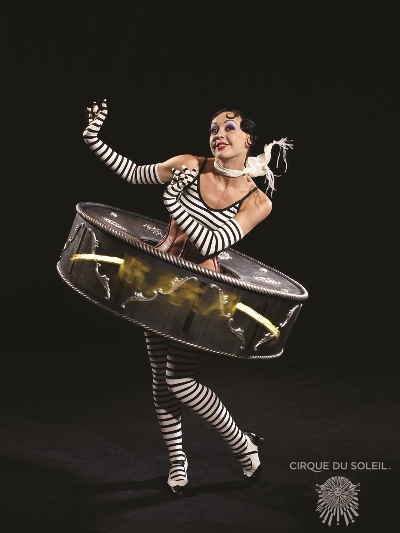
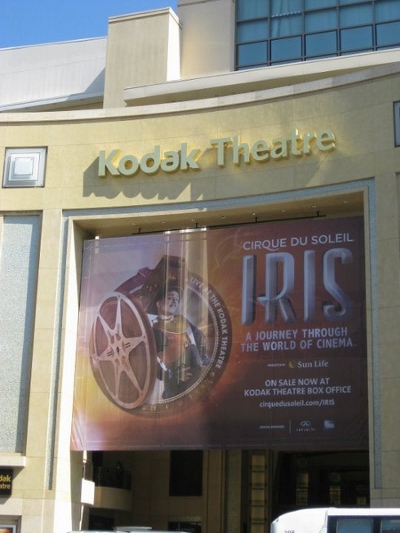
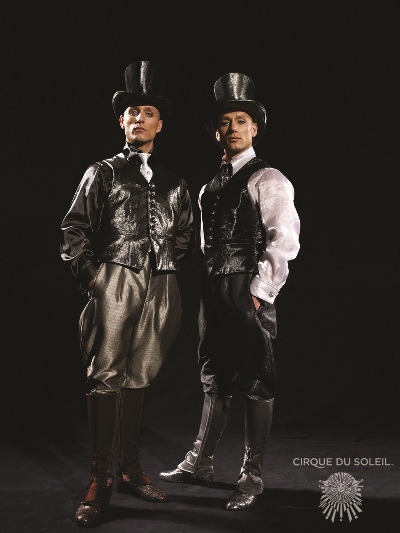
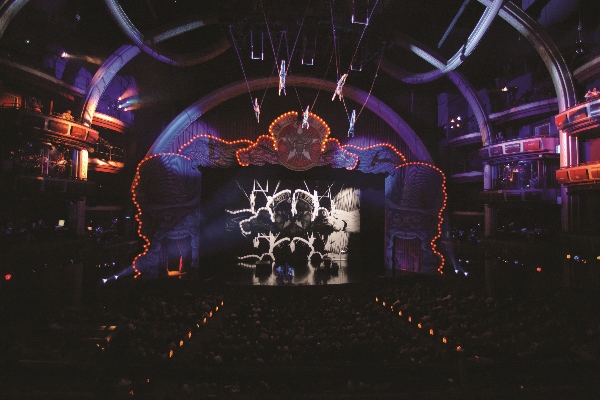
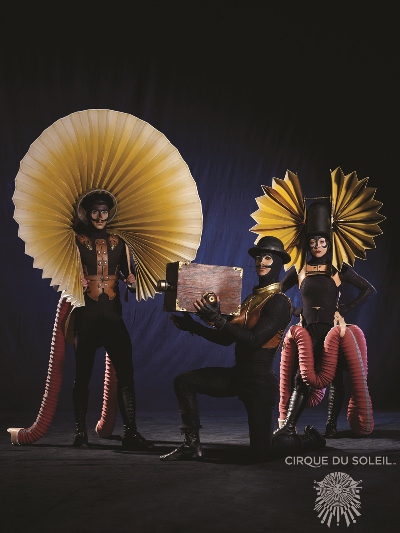
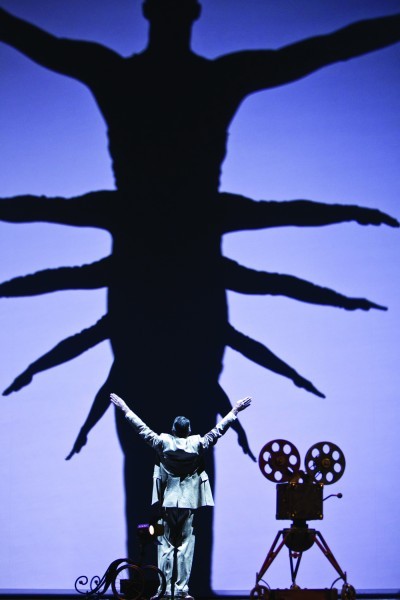
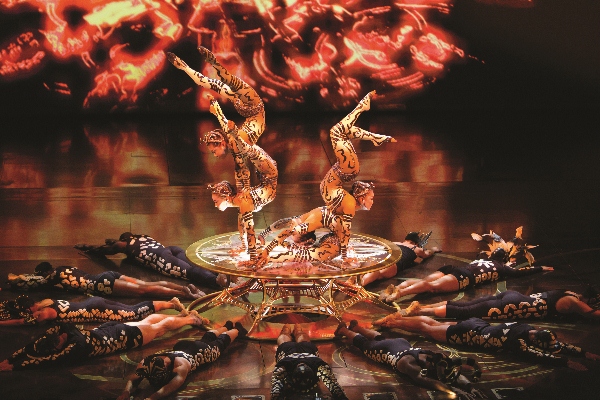
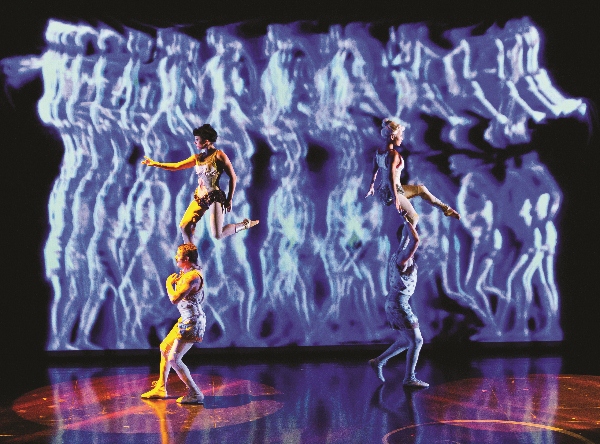
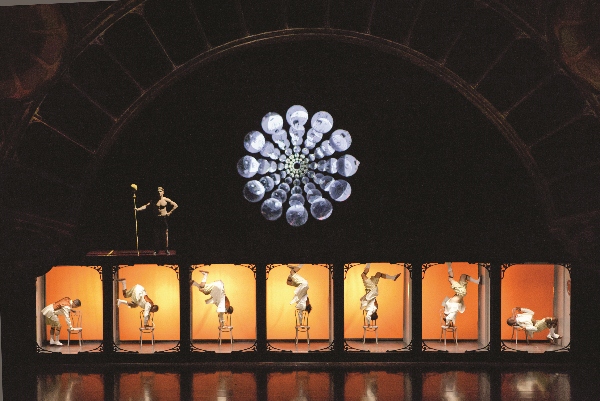
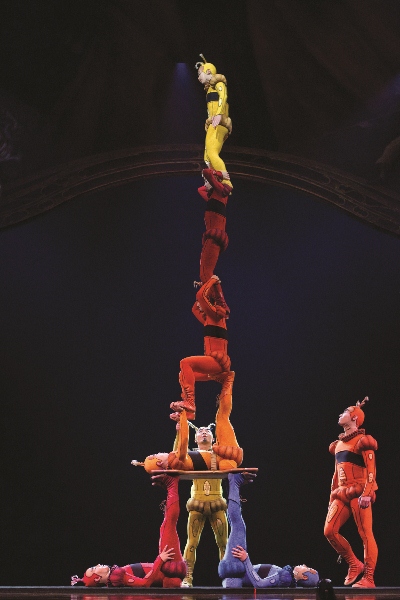
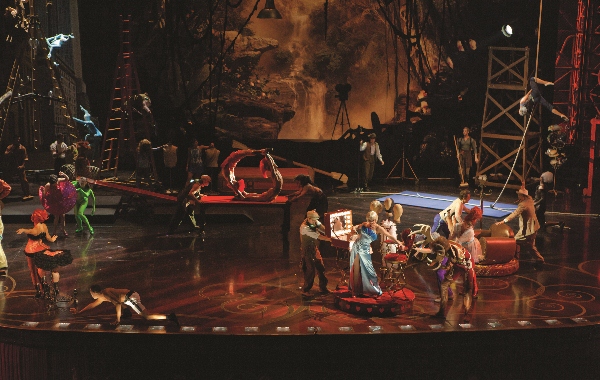
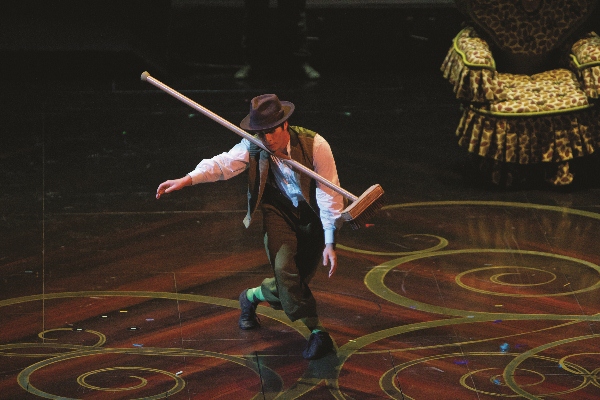
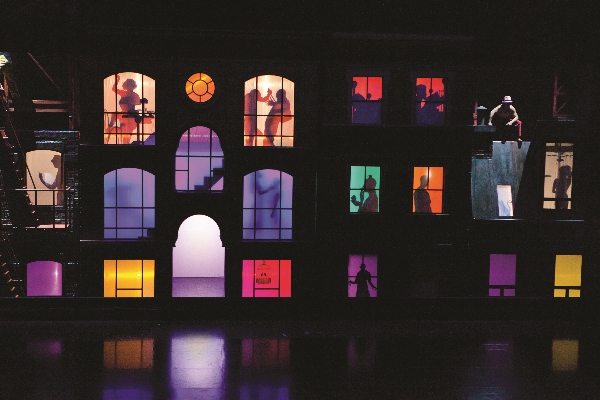
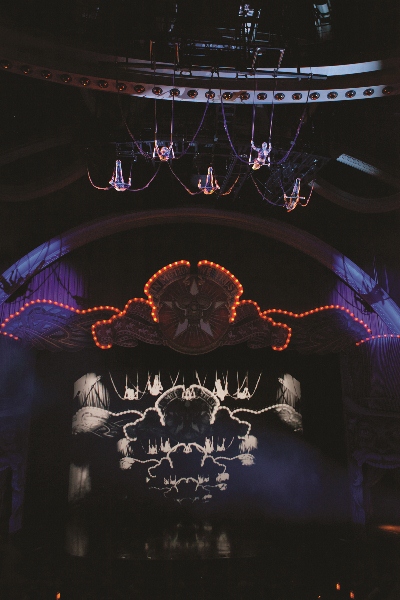
Leave a Reply